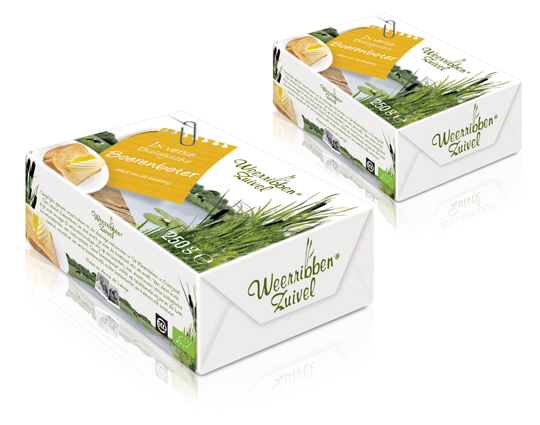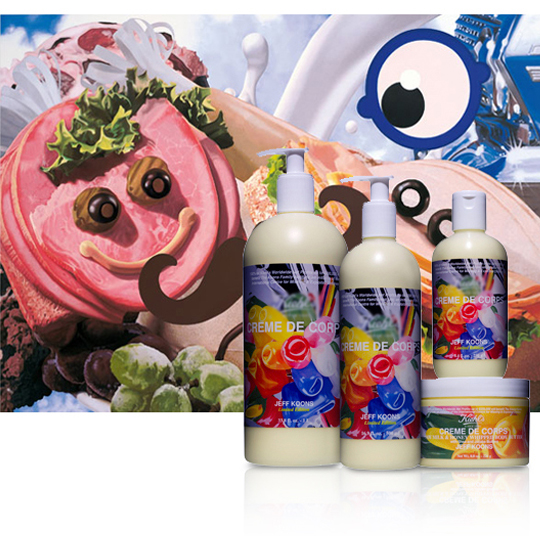 In addition to this restyling, a new organic butter packaging design was created for Dutch company Weerribben Zuivel. Fresh and natural visuals on the packaging are showing us the origin of this organic butter: National Park ‘De Weerribben’ in The Netherlands. These visuals and the coloured shopping list on top derives from the complete restyling by Stepfive of all the other Weerribben products and herewith makes it into a coherent and appetizing product range.
In addition to this restyling, a new organic butter packaging design was created for Dutch company Weerribben Zuivel. Fresh and natural visuals on the packaging are showing us the origin of this organic butter: National Park ‘De Weerribben’ in The Netherlands. These visuals and the coloured shopping list on top derives from the complete restyling by Stepfive of all the other Weerribben products and herewith makes it into a coherent and appetizing product range.


 A while ago, MOTI (Museum Of The Image, Breda) held an exhibit about packaging. This led to an interesting question: why is there currently a substantial shortage of packaging designers in the Netherlands? The answer can be found somewhere between ‘current art education is mainly focussed on the encouragement on autonomy instead of serving commercial goals’, and – as a logical result of this: ‘designers consider themselves belonging to a cultural avantgarde’.
A while ago, MOTI (Museum Of The Image, Breda) held an exhibit about packaging. This led to an interesting question: why is there currently a substantial shortage of packaging designers in the Netherlands? The answer can be found somewhere between ‘current art education is mainly focussed on the encouragement on autonomy instead of serving commercial goals’, and – as a logical result of this: ‘designers consider themselves belonging to a cultural avantgarde’.
In other words: packaging belongs to low-culture. Low culture = not sexy. Meanwhile, packaging specialized agencies (like ours) keep getting busier. So it’s high time to turn some persistent assumptions around by pointing out precisely how ‘sexy’ the trade of packaging really is. After all, it evokes graphic design, (strongly based on psychology), marketing, brand-development, environmental matters, innovation and (brand)activation.
So, art schools: here’s a start for an interesting discussion on what Dutch Design really can be all about. And who will be the first to flick the switch and jump into the trade that’s as design-extensive as it is a guarantee on an interesting job? In the meanwhile you can enjoy some work made by ‘commercial explorer’ Jeff Koons (shown above) and his design for body milk, by which he turned his art into ‘the daily’, instead of ‘the daily’ into art. Oh, and the first run of packaging-trained students can send their portfolio to us … but that goes without saying.




